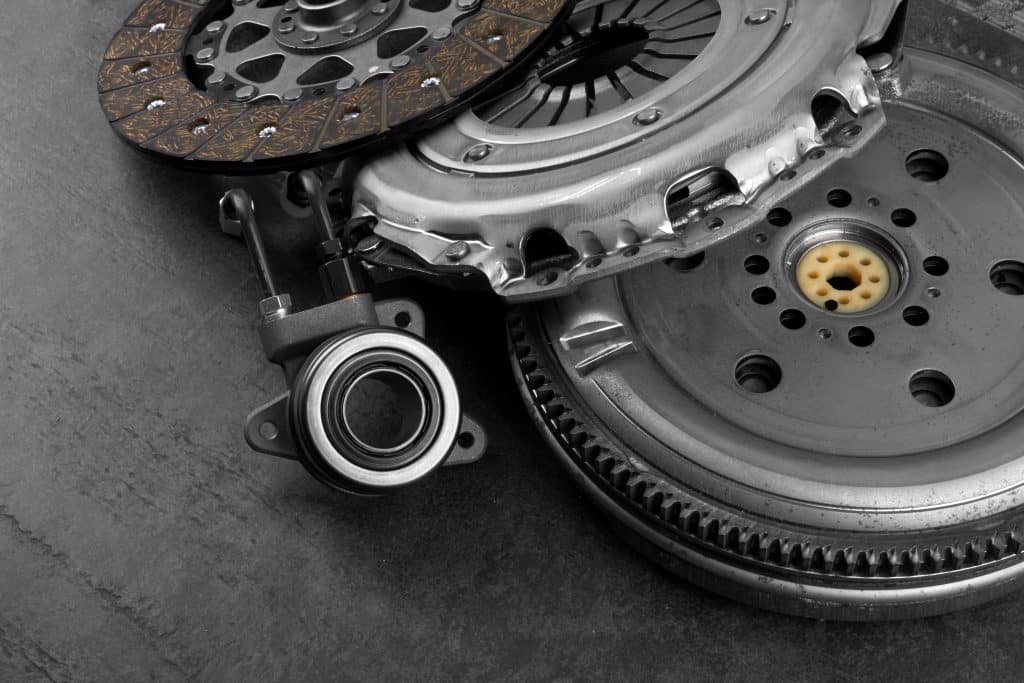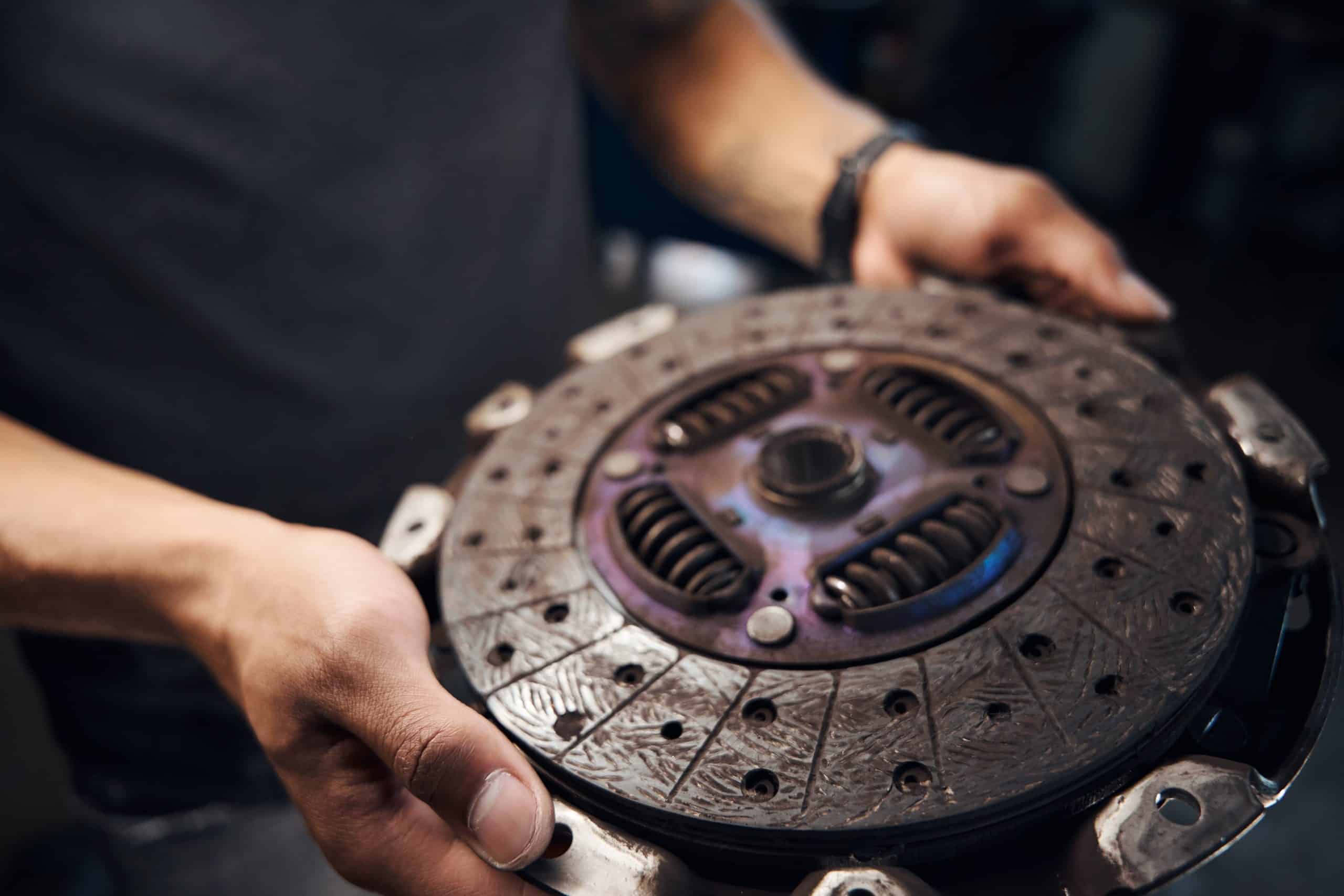Modern automotive diagnostics have revolutionised vehicle maintenance by identifying potential problems before they escalate into expensive repairs. For critical systems like brakes and clutches, early diagnostic detection can mean the difference between minor adjustments and complete system replacement. Understanding how diagnostic technology prevents costly repairs empowers vehicle owners to make informed maintenance decisions and protect their investment.
The Evolution of Automotive Diagnostic Technology
Contemporary vehicles incorporate sophisticated monitoring systems that continuously assess component performance and wear patterns. These electronic control units collect data from numerous sensors throughout the vehicle, creating detailed performance profiles that reveal developing problems long before they become apparent to drivers.
For brake systems, modern diagnostics monitor brake pad thickness through electronic sensors, track brake fluid levels and quality, and assess ABS system performance. This constant monitoring provides early warning of component wear, allowing planned replacement rather than emergency repairs following complete failure.
Clutch diagnostics utilise engine management data, transmission sensors, and performance algorithms to identify clutch slip, engagement problems, and hydraulic system issues. Advanced systems can predict clutch failure weeks or months before complete breakdown, enabling cost-effective preventive maintenance.
The integration of multiple diagnostic systems creates comprehensive vehicle health monitoring. When brake or clutch problems develop, diagnostic computers cross-reference related systems to identify root causes rather than simply treating symptoms, preventing recurring problems and unnecessary repairs.
Early Detection of Brake System Problems
Diagnostic systems excel at identifying brake problems before they reach critical stages. Electronic brake pad sensors alert drivers when pad thickness reaches predetermined minimum levels, typically providing several thousand miles of warning before replacement becomes essential.
Brake fluid monitoring detects contamination, moisture absorption, and chemical degradation that can cause internal component damage. Early detection allows fluid replacement before corrosive elements damage expensive brake cylinders, calipers, or master cylinders.
ABS diagnostic systems continuously monitor wheel speed sensors, hydraulic pump operation, and control module function. These systems identify developing faults that could compromise braking effectiveness, allowing targeted repairs rather than complete system replacement.
Electronic brake distribution (EBD) diagnostics assess brake balance between wheels, identifying seized calipers, contaminated brake pads, or hydraulic system imbalances. Early intervention prevents uneven brake wear that could necessitate premature component replacement across the entire system.
Brake temperature monitoring in performance vehicles identifies overheating problems before they cause warped discs or brake fade. This early warning system prevents costly disc replacement and potential safety hazards during demanding driving conditions.
Predictive Clutch Maintenance Through Diagnostics
Modern clutch diagnostics analyse engine load, transmission input shaft speed, and hydraulic system pressure to assess clutch condition accurately. These measurements identify clutch slip in its earliest stages, often before drivers notice performance changes during normal driving.
Hydraulic clutch systems benefit particularly from diagnostic monitoring. Pressure sensors detect fluid leaks, contamination, or pump wear before complete system failure occurs. Early intervention typically requires only fluid replacement or minor component repair rather than complete hydraulic system overhaul.
Engine management diagnostics contribute valuable clutch assessment data by monitoring engine load versus vehicle acceleration. Discrepancies between expected and actual performance often indicate developing clutch problems requiring attention before complete failure occurs.
Transmission diagnostic systems work alongside clutch monitoring to provide comprehensive drivetrain assessment. These systems identify problems affecting both clutch and transmission operation, enabling coordinated repairs that address root causes rather than individual symptoms.
Launch control and traction management systems in performance vehicles provide detailed clutch engagement data, identifying problems with clutch modulation, slip control, or thermal management that could lead to premature failure without intervention.
Cost Comparison: Diagnostic Prevention vs Emergency Repairs
The financial benefits of diagnostic-guided maintenance become clear when comparing preventive and reactive repair costs. Brake pad replacement identified through diagnostic monitoring typically costs a fraction of the expense required following complete pad wear that damages brake discs.
Emergency brake repairs often involve multiple components due to cascading failure effects. When brake pads wear completely, metal-to-metal contact scores brake discs, potentially requiring disc replacement alongside pad renewal. Diagnostic systems prevent this progression by identifying wear before damage occurs.
Clutch repairs follow similar cost escalation patterns. Early clutch replacement based on diagnostic prediction typically involves only clutch components. Delayed replacement following complete failure often requires flywheel machining or replacement due to damage from worn clutch components.
Emergency repairs frequently occur at inconvenient times and locations, limiting repair facility options and potentially increasing labour costs. Diagnostic-guided maintenance allows scheduled repairs at preferred workshops with competitive pricing and quality assurance.
Consider also the indirect costs of unexpected failures. Breakdown recovery, vehicle rental, lost productivity, and missed appointments all contribute to the true cost of reactive maintenance compared to planned diagnostic-guided repairs.
Comprehensive System Analysis Benefits
Diagnostic systems excel at identifying interconnected problems that might escape individual component assessment. Brake problems can indicate suspension wear, whilst clutch issues might reveal engine mounting problems or transmission concerns.
This comprehensive analysis prevents repeated repairs addressing symptoms rather than causes. For example, premature brake pad wear might indicate sticking brake calipers, worn suspension components, or wheel alignment problems requiring correction to prevent recurring brake issues.
Clutch problems often relate to engine performance issues, hydraulic system contamination, or driver technique problems. Diagnostic systems identify these relationships, enabling comprehensive solutions that address root causes rather than simply replacing worn components.
Integrated diagnostics also optimise repair timing and coordination. When diagnostic systems identify multiple developing problems, skilled technicians can coordinate repairs to minimise labour costs and vehicle downtime whilst ensuring all issues receive appropriate attention.
Diagnostic Technology in Professional Workshops
Professional diagnostic equipment surpasses basic fault code readers by accessing manufacturer-specific data and performing active component testing. This advanced capability enables precise problem identification and targeted repair strategies that maximise cost-effectiveness.
Live data monitoring during test drives provides real-time component performance assessment impossible through static testing alone. This dynamic analysis identifies intermittent problems and performance variations that could indicate developing issues requiring attention.
Manufacturer-specific diagnostic protocols access detailed component specifications and wear parameters, enabling accurate assessment of remaining component life and optimal replacement timing. This precision prevents premature replacement whilst ensuring reliability.
Advanced diagnostics also enable proper component calibration following repairs. Modern brake and clutch systems often require electronic adaptation or relearning procedures that only professional diagnostic equipment can perform correctly.
Maximising Diagnostic Value for Cost Prevention
Regular diagnostic assessments provide maximum value when performed as part of scheduled maintenance rather than only following problem symptoms. Quarterly or biannual diagnostic checks identify developing problems during early stages when intervention costs remain minimal.
Maintaining diagnostic history creates valuable trend analysis enabling predictive maintenance strategies. Component wear patterns, performance degradation rates, and failure predictions become more accurate with comprehensive historical data.
Combining diagnostic assessment with driver education enhances cost prevention benefits. Understanding how driving habits affect component wear enables behaviour modifications that extend component life and reduce repair frequency.
Professional diagnostic interpretation remains crucial for maximising cost prevention benefits. Skilled technicians understand the relationship between diagnostic data and real-world component condition, enabling accurate repair timing decisions that optimise cost-effectiveness.
Integration with Preventive Maintenance Strategies
Diagnostic technology works most effectively when integrated with comprehensive preventive maintenance programmes. Regular fluid changes, component inspections, and adjustment procedures complement diagnostic monitoring to maximise component life and reliability.
Seasonal diagnostic assessments help prepare vehicles for demanding conditions that accelerate component wear. Winter preparations might reveal brake or clutch issues requiring attention before harsh weather increases failure risk and repair costs.
Mileage-based diagnostic intervals ensure consistent monitoring regardless of time periods between services. High-mileage vehicles benefit particularly from frequent diagnostic assessment due to accelerated component wear rates.
Professional Diagnostic Services at First Auto Centre
At First Auto Centre, our advanced diagnostic equipment and experienced technicians provide comprehensive brake and clutch system assessment designed to prevent costly repairs through early intervention. Our diagnostic approach combines electronic analysis with practical experience to deliver accurate, cost-effective maintenance recommendations.
We understand that diagnostic services represent an investment in your vehicle’s reliability and your financial peace of mind. Our transparent approach ensures you understand diagnostic findings and recommended actions, enabling informed decisions about repair timing and priorities.
Conclusion
Modern diagnostic technology transforms vehicle maintenance from reactive repairs to predictive prevention, particularly for expensive systems like brakes and clutches. The cost savings achieved through early problem identification typically far exceed diagnostic service expenses, making regular diagnostic assessment a wise investment in reliable, cost-effective motoring.
Professional diagnostic services provide the expertise necessary to interpret complex system data and recommend optimal maintenance strategies, ensuring your vehicle remains reliable whilst minimising long-term repair costs.








